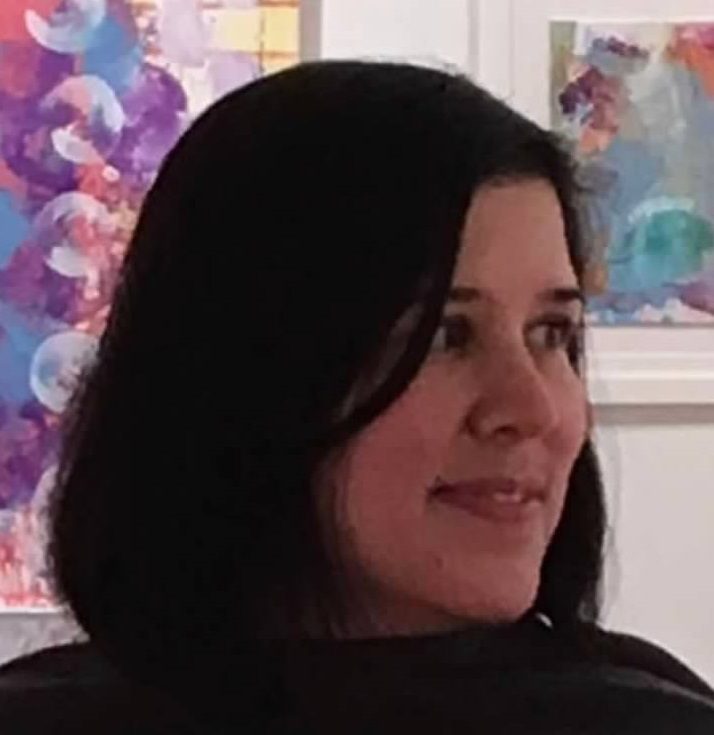In 2015, the Dalai Lama appeared at The Dalai Lama Center for Ethics and Transformative Values at the Massachusetts Institute of Technology. He spoke, with several others, about the human response to climate change. Intrigued by the blend of mindfulness and matter in this subject, I watched the almost-two hour video of the presentation, twice. I took notes. Twice. The same points jumped out at me each time, and I decided to write a blog post around them.
His Holiness is a smart and compassionate man. He paid tribute to science, and to statistics. He honored those in their professional capacities, and framed his own as that of a student of Buddhism. He spoke with equal attention, solemnity and good humor to adult scientists and to youth activists alike. Some of his words were presented through the voice of his translator, and I found that taking notes was helpful in staying with the weave of His Holiness’ own thought process, in my own mind.
The Dalai Lama says we ought to encourage the media to lead the change. To shine a light on that which is serious in the spin-off effects of climate change, and to spend more of the time focused upon solutions. To lead with courage, rather than with fear. To emphasize the potential and ability of people to overcome circumstances.
His Holiness encourages compassion, and seeing the billions of us in oneness — all of us in it together. He encourages mothers to spend more time with their children, in teaching compassion. I would add, it’s not just mothers who teach compassion, it’s fathers too, and all adults who can bring a loving and compassionate experience to children, whether or not they are immediate family. Family is what we make it. Family is all of us.
His Holiness encourages group meetings, more often, and made public, to meet on the issues and solutions around climate change. He does not debate the science. He encourages connection between people, and especially in the younger generations. He points to rural areas as neighborly, and encourages climate dialogue to occur there, where the community connections are already strong. The phrase I wrote down more than once, in his words: “altruism must be translated into action.”
I think he’s right. Compassion, care for the self, the family and the community, as well as a sense of our connectedness: these are the cornerstones of our foundation for moving out of our current context. Compassion, care, connectedness. How do we move toward those three essences? What actions do we take?
I’ve come to find with many difficult aspects of life — and climate change is certainly one of them — it seems that when we approach our target from the perspective of a joyous inner feeling, different (clearer) solutions rise, and they rise faster, and resonate with key people, more of the time. It makes the targets more seen, in their variety, and less pigeonholed, in their narrowness. Joy opens windows and doors to solutions faster than anything else can.
I’ve seen that a state of joy — or even its partial counterweight of contentment — allows for receptivity. Of information. Of sensory experience. Of intuitive inspiration. It’s in those human aspects that creative solutions are discovered. Revealed. Innovated. Brought to light.
Am I crazy to think that joyousness could hold a solution to the issues that spin off from climate change? Let the light in that crack and see what happens. Let yourself off the hook. You don’t have to have to come up with a solution, just let yourself feel joy. Feel appreciation. Appreciate elements in your midst. Focus on what’s working, and celebrate that. From that place of clarity, seek the creative solutions we desire.
-Maia

